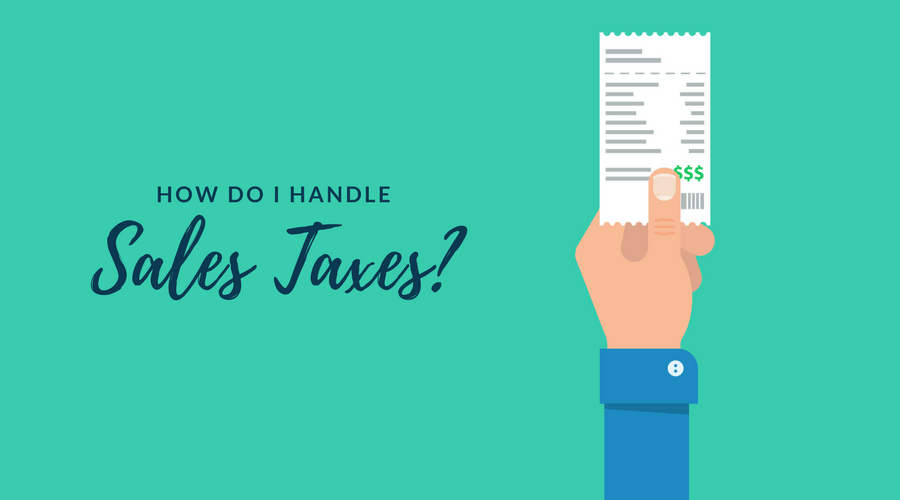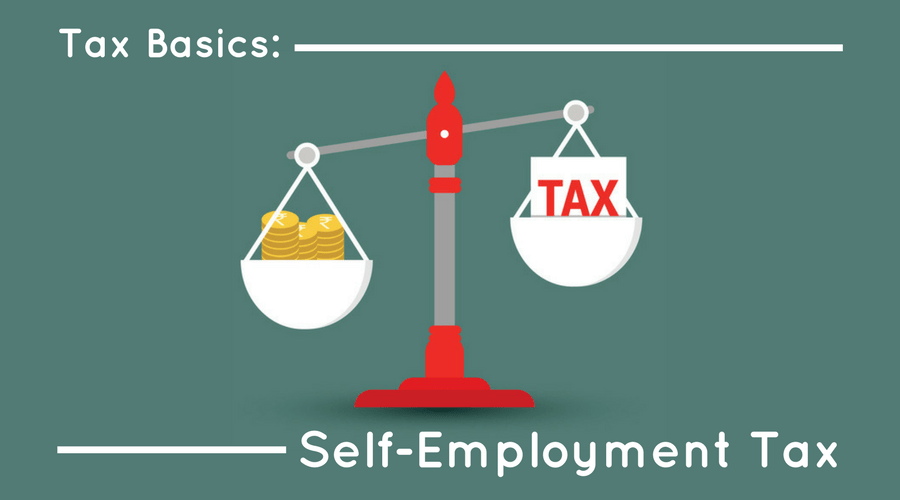Tax Quarters: Do I Need to Pay Estimated Taxes and When?

Your tax responsibilities may be more extensive than filing the traditional April return (or March for partnerships and S corporations). Certain occupations and business interests are required to make quarterly estimated tax payments to avoid penalties at the end of the tax year.
Do estimated taxes apply to you?
Estimated taxes are necessary when the taxes withheld from an employee’s paycheck do not cover their total taxes for the year. As a business owner, you may have to make estimated tax payments because you don’t receive a typical paycheck, so payroll taxes aren’t withheld. They also apply to income without withholdings, such as interest, dividends, or capital gains. Quarterly tax payments to the IRS help you keep on track, so you aren’t hit with an unpleasant surprise on April 15.
If you assess your tax situation entering the year and realize that you’ll end up owing at least $1,000, you should expect to make estimated tax payments. You should also expect to make estimated tax payments if you calculate that your withholdings will cover less than 90% of your tax liability for this year or 100% from the previous year. Per the IRS, you do not have to pay estimated taxes if you had no tax liability for the prior year if you were a U.S. citizen or resident for the entire year and if your previous tax year covered a 12-month period.
Estimated tax obligations are common for people in the following categories:
- Self-employed: Taxes are not automatically withheld from paychecks
- Sole proprietors: The business is taxed through a personal income tax return and taxes are not withheld throughout the year
- S corporation shareholders: Taxes are funneled through a shareholder’s personal tax return, which amounts unevenly in a given year
How can you avoid having to pay estimated taxes?
If you run a business, but your spouse is an employee elsewhere, consider increasing the amount of taxes withheld from your spouse’s paychecks to cover any tax deficiencies on your end. That way, your household will be covered, and you won’t have to pay estimated quarterly taxes.
When do estimated taxes need to be paid? And how?
Estimated taxes are due quarterly. In 2019, the due dates are:
- April 15
- June 15
- September 15
- January 15, 2020
As suggested by the IRS, calculate your adjusted gross income, taxable income, deductions, and credits for the year. It may help to base this year’s calculations on prior years.
If your income is steady and predictable, it’s often easiest to estimate your taxes for the entire year and divide the amount by four. You’ll then submit the same amount to the IRS each quarter. Even if your calculations are off, you can make the payment adjustments by completing an additional Form 1040-ES – used to make estimated tax payments. Excess payment amounts can carry over to future payments.
For inconsistent income, use what you made in the first quarter to project the next three. They are called estimated taxes for a reason, so don’t worry if the payments are not exact, and you learn you owe more money. Don’t forget: There are ways to adjust for variable tax amounts.
What is the tax penalty?
A penalty of 5% will be enforced on any underpayment amount at the point of a quarterly due date. The fine can add to what you owe at the end of the tax year or can take away from a tax refund.
There is some leniency when it comes to estimated tax penalties. For example, a penalty can be lifted if someone is the victim of a casualty or disaster that prevents them from making necessary payments. A penalty can also be lifted for someone who is at least 62 years old and retired, or who became disabled during the tax year if the individual could not make payments due to reasonable cause rather than willful neglect.
Important related tax forms
Form 1040-ES calculates estimated tax and can help you determine expected income, taxes, deductions, and credits.
Form W-4: allows you to change how much tax is withheld from your paychecks or your spouse’s paychecks to decrease or eliminate quarterly estimated tax payments Learn more about what to consider when filling out Form W-4.
Form 2210: Determines whether or not you owe a penalty due to underpayment.


